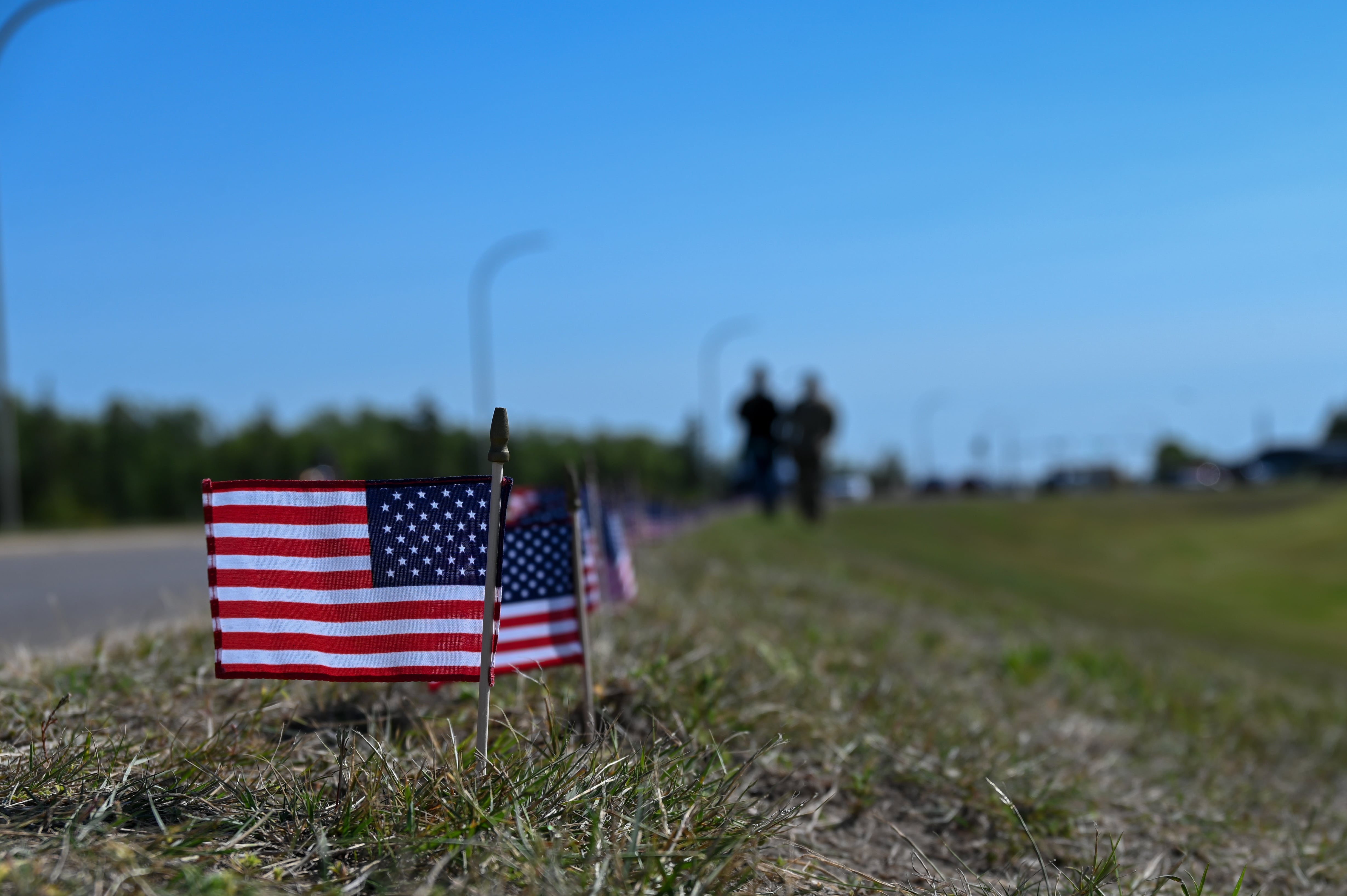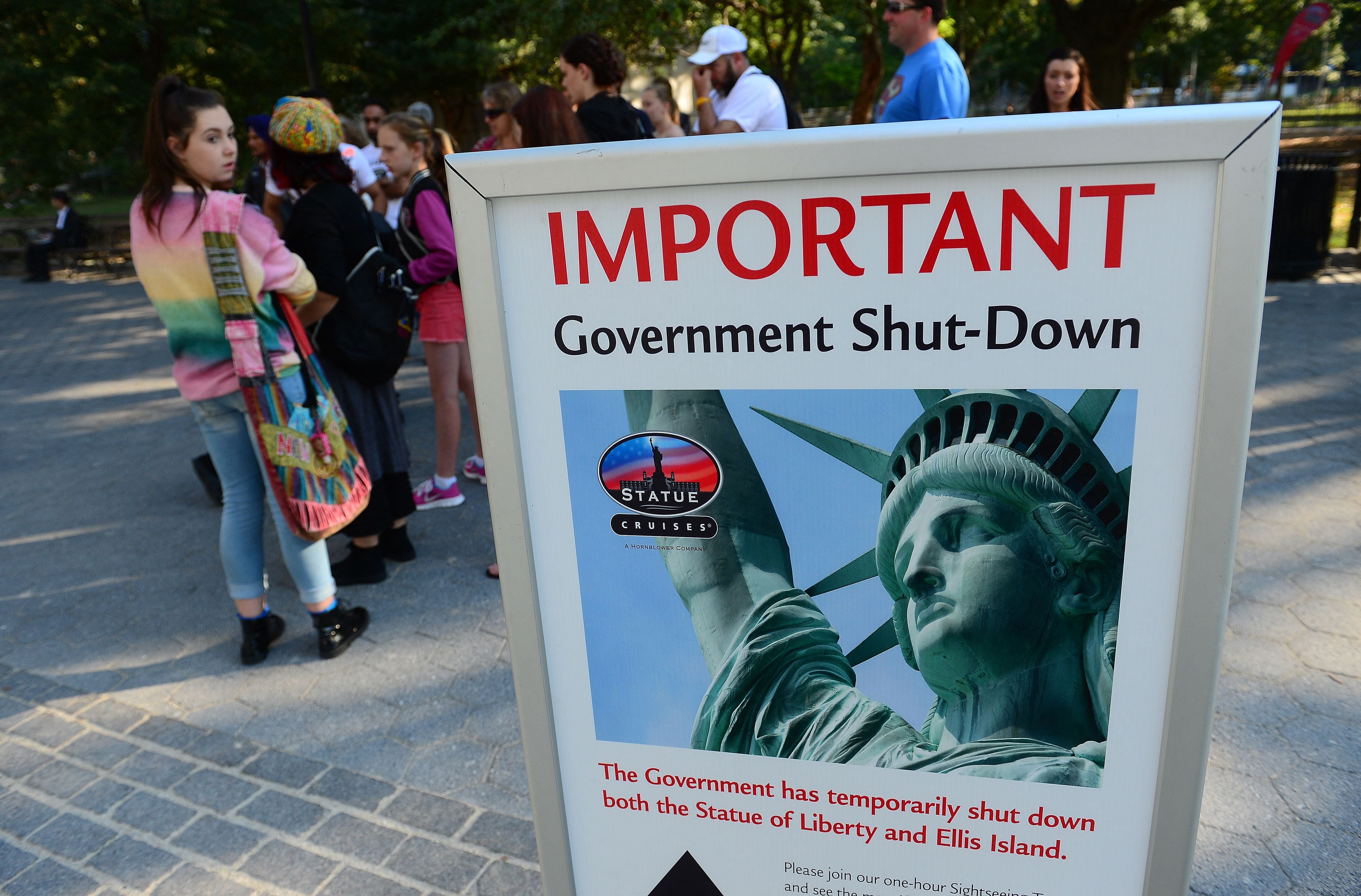“They did what?”
Those were the words I uttered upon hearing about one of the most unique undertakings by a C-130J Super Hercules turboprop crew in the airplane’s history.
In May, shortly before I assumed installation command at Little Rock Air Force Base, Arkansas, an innovative new procedure was tested by elite operators from Little Rock’s 19th Airlift Wing. With the blessing of Air Mobility Command, these C-130 aviators flew a “trial run” 30-hour, two-crew mission (only stopping for fuel), zigzagging across the United States to simulate one, continuous airlift mission from the central U.S. to the Western Pacific. The event was a daring new way of employing one of the most reliable weapons systems in the Air Force’s inventory, and it foreshadowed an even-more audacious mission to come.
Maximum endurance operations, or MEOs, have been in existence for decades, primarily in the bomber community. In 1957, three B-52Bs flew the first non-stop “around-the-world” jet missions in 45 hours. Nearly 30 years ago, two B-52s took to the skies to demonstrate true global reach, circumnavigating the globe to a demonstrated bombing in Kuwait. In 2001, the B-2 set a record with a 44-hour air combat mission, proving stealth global reach to both our allies and partners, as well as our enemies and competitors.
Within the airlift community, MEOs have been somewhat shorter in duration but equally as effective. In 1998, eight C-17s set the record for the longest airdrop in history, transporting paratroopers and equipment from the United States to Central Asia in a mere 19 hours. Today, strategic airlift crews are often “staged” at forward locations to keep the iron moving around the world, even as aircrews swap for crew rest.
However, with the modern-day focus on the Pacific, the tyranny of distance and the necessary speed of maneuver to ensure unrepentant lethality at a time and place of our senior leaders’ choosing requires development of novel tactics, techniques and procedures, or TTPs. Our tanker and airlift fleets must exploit agility and establish the tempo required to ensure a free and open Indo-Pacific governed by a rules-based international order.
Upon assuming command of Air Mobility Command in 2021, Gen. Mike Minihan provided the “shot in the arm” for a community entrenched in tactics from past conflicts. Publishing his Mobility Manifesto in 2022, Minihan beseeched mobility leaders to wean atrophy and stagnation from the daily approach to mobility problems. He directed weapons system communities to “… innovate, using the tools we have in new ways, to create novel operational concepts for Air Mobility and the Joint Force.” The goal: Deliver victory for America by developing the future Air Mobility, “a lethal contributor so advanced it is unrecognizable by our forebearers.”
Commanders and key staff at all echelons embraced Minihan’s manifesto and vigorously set out to deliver on his commander’s intent. The C-130 community started with our Achilles’ heel: our lack of speed to the fight. Long known for its ability to fly the “last tactical mile,” the Lockheed Martin C-130 has always been a force multiplier in combat, able to resupply the Joint Force by deftly landing on the smallest, most unimproved airstrips around the world or airdropping in the most challenging terrain. The C-130 will eventually be a 100-year platform for the United States, able to execute nearly any mission asked of it. However, one thing the C-130 couldn’t do well was maneuver quickly to the fight … until now.
Building upon May’s remarkable 30-hour “trial run” mission, 19th Airlift Wing planners pivoted to the true test on the horizon: commencing July’s Mobility Guardian exercise, the most audacious display of Pacific airpower in generations, supporting eight joint exercises and building interoperability with seven nations, with a speed of maneuver never before seen by a C-130. Planners created a two-phase approach: align logistics, maintainers, operators, medics and support agencies in parallel to “rocket launching” eight C-130Js within 20 hours of execute order receipt, and deliver tactical airlift power to airfields inside East Asia’s first island chain less than 48 hours later.
In order to execute phase two, planners developed new TTPs for crew-resting operators in-flight. Specific attention to detail focused on the length and quality of the rest period, potential medications to enhance both rest (when sleeping) and alertness (when flying), and consistent physical and mental acuity monitoring by qualified professionals throughout the flight. Further innovative practices in development involve integrating all aspects of aircraft enroute servicing, including crew changes, refueling and cargo loading to minimize ground time.
The hard work paid-off handsomely. During the first week of July, for the first time, seven C-130s completed missions greater than 35 consecutive hours to maneuver significant tactical airpower from America’s Heartland into the Western Pacific. Even more impressive: One crew flew an historic 42-hour mission to place a C-130 inside the first island chain in record time. All crews were prepared to execute follow-on missions throughout the Western Pacific immediately upon arrival.
Our competitors are officially on notice: America’s premier tactical airlifter vanquished its Achilles’ heel. In this era of accelerated change, the pioneering airmen of “Herk Nation” effectively closed the largest gap in our capability’s arsenal. Moving forward, the tactical airlift community will no longer be bound by limitations of time and space. The C-130 will always be known as the primary airframe to fly the “last tactical mile;” its newfound agility demonstrates the mighty Herk also delivers the “first strategic mile” in this era of great power competition.
And what did I say when notified of our C-130′s historic final landing in East Asia’s first island chain?
“Never a doubt. TacAir anywhere!”
Colonel Denny R. Davies is the commander of the 19th Airlift Wing at Little Rock Air Force Base, Arkansas, where he is responsible for the health and welfare of 10,000 personnel and families. He oversees organizing, training and equipping the personnel who operate, maintain and sustain 65 C-130 aircraft, ensuring support for combat, contingency, and humanitarian requirements worldwide.
Have an opinion?
This article is an Op-Ed and as such, the opinions expressed are those of the author. If you would like to respond, or have an editorial of your own you would like to submit, please email us. Want more perspectives like this sent straight to you? Subscribe to get our Commentary & Opinion newsletter once a week.





